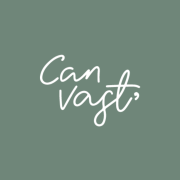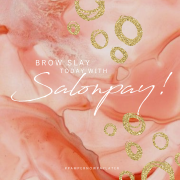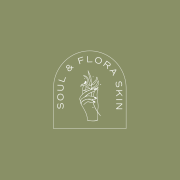So why on earth is a personality archetype important for your clinic or spa? Aren’t they just limited to the big guns in the marketing world?
Let us explain…
In this wild world of consumerism, we’re not all just buying ‘stuff’. We’re buying into feelings, emotions and all the things that make you warm and fuzzy (sometimes the opposite too). By identifying your brand’s personality archetype, it’s like giving your business a pulse to the big, beautiful heart of your why.
Let’s dig into the 12 personality types that Carl uncovered (“A-ha” moments incoming…).
The Innocent
Built on strong values, honesty and good virtue, the innocent archetype is known for their positive outlook and happy-go-lucky personality. They see the wonder in the world and hope to pass this on through their work. What may surprise you is that Coca Cola actually identifies with this brand archetype as they consistently lean into simplicity, positivity, and wonder within their touchpoints.
The Sage
Sage is essentially the Yoda of the brand archetypes. They are committed to knowledge, truth and wisdom. They’re known to be the thinkers, the researcher, the scholar and as a result, the teacher.
Naturally, brands like Google live and breathe the sage archetype. Their purpose is to empower through knowledge and be the pathway to wisdom.
The Explorer
The Indiana Jones of archetypes, the explorer is independent, adventurous and at times, even rebellious! They don’t like to feel boxed in or conform and celebrate the journey just as much as the destination. Brands that personify the explorer archetype are your North Face, Kathmandu and Jeeps of the world that encourage their audience to unleash their inner voyager and discover adventure.
The Outlaw
When the outlaw archetype does its things, the others would say “oh she’s just being Miley!”.
The outlaw is the disruptor that loves to bend and break the rules, turn heads with their antics and ignite the inner rebel-at-heart in their customers.
The standout outlaw brand is Harley Davidson but another that might surprise you is Virgin! Think about when they first came on the scene. The fun and cheekiness their brand had, and continue to have, with air travel, was a huge disruptor to a traditionally prim and proper industry! That’s an outlaw doing their thing.
The Magician
The dreamers, the wanderers, the visionaries. Magicians, like their archetype name suggests, think anything is possible with a little faith, trust, and pixie dust. At their core, a magician’s purpose is to make dreams come true for their customers, help the impossible become possible and add a little mystery to their lives.
I’m sure you’ve immediately thought of the leading magician-archetype brand by now. Yes, Disney. This brand is in the business of making dreams come true for the young and young at heart and ensure that however you engage with their brand, that it feels like home.
The Hero
Like all great stories, the hero saves the day, saves the victim, and defeats the bad guys. This archetype wants to make the world a better place and stops at nothing until they have triumphed. They inspire this drive in their customers to keep going, face up to the challenges and dare we say… just do it.
Brands like Nike, Adidas and Puma are all glowing examples of a hero archetype, each driving their customer to confront their fears and commit themselves to the power of winning. They embody this archetype so deeply that the ambassadors they employ, such as Serena Williams, are also the hero archetype personified.
The Lover
When you learn about the lover archetype, it takes you straight to Marilyn in Old Hollywood or a trip to see Satine at the Moulin Rouge. This archetype is all about the sensual experience a customer has with their brand. Whilst many brands so lean into the idea of sensual and sexy connotations, this archetype celebrates all kinds of love with its purpose of creating an intimate relationship with their customer.
It’s not such a secret that Victoria’s Secret embodies the lover archetype throughout their branding. Their touchpoints are designed to make you feel as if their brand is the gateway to that level of beauty and sex appeal with their use of colours and fonts to back up the storyline.
The Jester
The Jester is the Chandler Bing of brand archetypes. They’re all about having fun, living in the moment, and avoiding all chances of being perceived as boring. They’re young at heart, optimistic, and here for a good time. Connection to the customer is generally through laughter, joy and the promise of entertainment.
The jester archetype is used by many male-focused brands such as beer companies as they’re able to lean into humour to connect with a less emotional consumer. Additionally, brands like M&Ms, Ben and Jerrys and even Old Spice have fun with unleashing their inner jester and evoking a sense of playfulness and fun in their branding.
The Everyman
The everyman archetype is the girl or guy next door. They’re the people’s people, humble and just go about their day. They don’t go out of their way to stand out, are down to earth and are always there for their customers.
The everyman archetype is used in a lot of home improvement, everyday items and family-focused brands that exist to make life easier and affordable for their customers. Think of the likes of IKEA, Target, and Bunnings. They’re not about the flashy life but offer everyone that connects with them a place to belong.
The Caregiver
The caregiver just wants to help people. They’re driven to protect others and help those get back on their feet in times of hardship. They help customers feel protected, cared for and respected and promote security throughout their touchpoints. The caregiver archetype is most common with not-for-profits like WWF and health-care facilities such as hospitals.
The Ruler
The ruler brand archetype can be summed up perfectly in two words: The Godfather. The ruler is all about power, leadership, authority and taking control. This is a dominant brand archetype that resonates with customers that also command a room.
When a customer purchases from a brand with the ruler archetype, it gives off a sense of superiority and reaffirms their status and place in the world. We’re talking about the big guns like Rolex, Mercedes Benz, BMW, Cartier, and Louis Vuitton.
The Creator
The creator archetype taps into our imagination and exudes innovation, excitement, invention, creativity, and a little bit of wonder. They’re driven to be original and show off their creativity but at the same time, add innate value to their customer. Their inspirational branding creates cult followings that they then must live up to, meaning the creator never wants to be seen as mediocre.
Without a doubt, the creator brand archetype is perfectly personified in the Apple brand. When they first created their products, there was nothing like it out there. They were the trailblazing creatives that now, with that cult following and status, must continue to flex their creative muscles to craft original technology and anything other than something considered mediocre or comparable.













